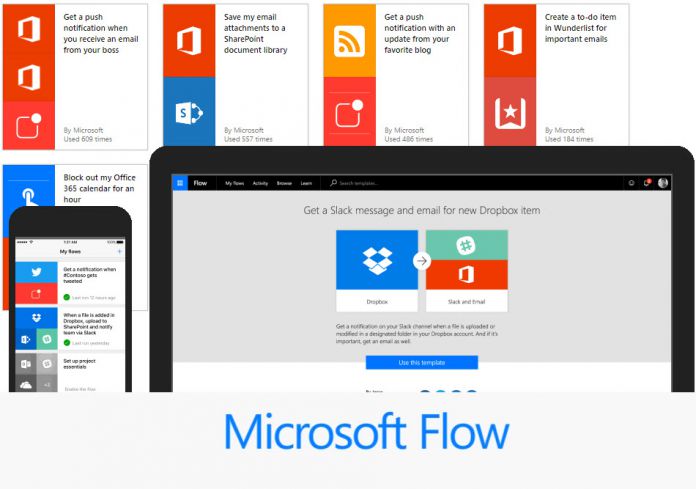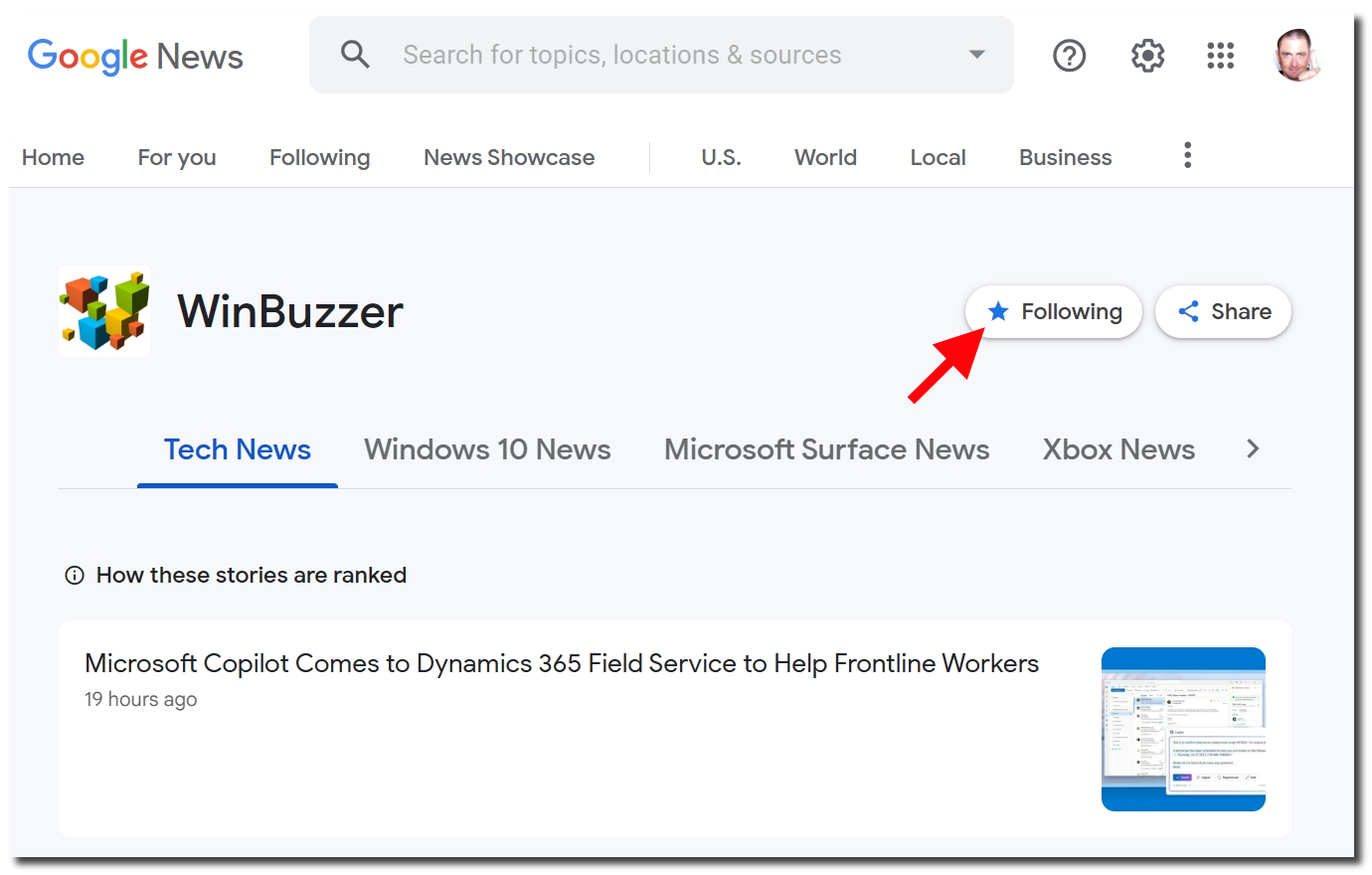The first new service is DocuSign. It is the most widespread eSignature and Digital Transaction Management platform in the world. The integration with Microsoft Flow enables a swift and an efficient document signature process.
SurveyMonkey is the second new service. A familiar name, it is the world’s leading provider of web-based survey solutions used by both individuals and organizations to gather information on various topics.
The third and final new service for this year is OneNote. Microsoft adds support for OneNote notebooks that are hosted on Office 365 or OneDrive for Business. However, OneNote does not support personal notebooks that are connected through a Microsoft Account at the moment, but there are future plans for it.

Image credit: Microsoft
Here the complete summary from the Microsoft Flow team.
- DocuSign
Starting today, you can trigger flows based on whenever the status of the document changes, and can take a number of actions including both adding or removing signers from an existing document, or, creating a new document for signature. Create your own flow from blank that uses any of the above actions and that matches your own business process, or you can see a couple of our pre-built templates for DocuSign. - SurveyMonkey
Microsoft Flow can be triggered in a number of different scenarios: such as when a new survey is created, or when someone adds a response to an existing survey. See the templates we have for SurveyMonkey or build your own. - OneNote (Business)
Finally, we are adding support for OneNote for notebooks that are hosted on Office 365 or OneDrive for Business. You can now to track new sections, create notes and more – get started with over a dozen different templates for OneNote here.
A successful year
The latest update ends a rather successful year for Microsoft Flow. Newly added services have expanded it to a fully featured automation central. It has grown into a flexible and multifaceted platform, supporting 83 services in total.
Microsoft Flow helps create automated workflows between your favorite apps and services to get notifications, synchronize files, collect data, and more. The company first introduced it in April, focusing more on the enterprise rather than the consumer-focused IFTTT, its main rival.





